Science Curriculum
7th Grade
|
Course Purpose: |
Seventh grade students will apply earth/space science, life science, and physical science principles to precisely define the world they see. |
Outcomes and Components:
| SC.7.2 | Students will use the principles of continental drift and plate tectonics to explain current and historical land formations and to characterize ongoing changes in Earth’s structure. | ||
|
Pacing Instruct/ Assess |
Component Code |
Component |
Standard(s) |
| SC.7.2.1 | Analyze maps to show change and predict future movement of plates/ land. | MS-ESS2-2 | |
| SC.7.2.2 | Collect fossil evidence to create a claim that all land masses were once connected (Pangea). | MS-ESS2-3 | |
| SC.7.2.3 | Use land maps and fossil evidence to support a claim confirming continental drift theory. |
MS-ESS2-2 MS-ESS2-3 |
|
| SC.7.2.4 | Define convection,conduction, and radiation in terms of the particles movement. | MS-PS3-5 | |
| SC.7.2.5 | Describe how the Seafloor Spreading Model in and convection currents under the earth’s mantle move the plates in predictable movements and result in changes in the seafloor. | MS-ESS2-3 | |
| SC.7.2.6 | Model subductions zones to mimic creation/ destruction of new crust. | MS-ESS2-3 | |
| SC.7.2.7 | Describe and predict Earthquakes in relation to fault lines and plate movements (divergent, convergent, transform boundaries). | MS-ESS2-2 | |
|
Academic Vocabulary: Describe, model, utilize, collect, predict, analyze |
|
Content Vocabulary: composition, crust, continental crust, oceanic crust, mantle, core, lithosphere, tectonic plate, continental drift, plate tectonics theory, seafloor spreading, magnetic reversal, convergent boundary, divergent boundary, Transform boundary, earthquake, convection, conduction, radiation, convection current, Pangaea, stress, compression, tension, subduction zone, folding, fault |
